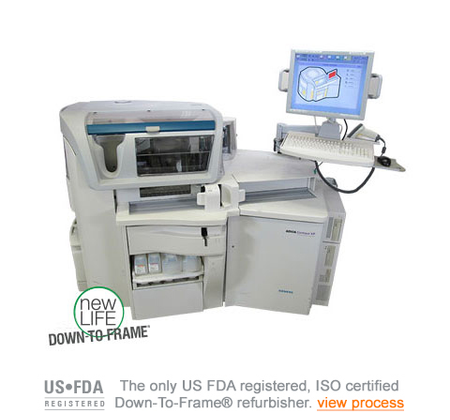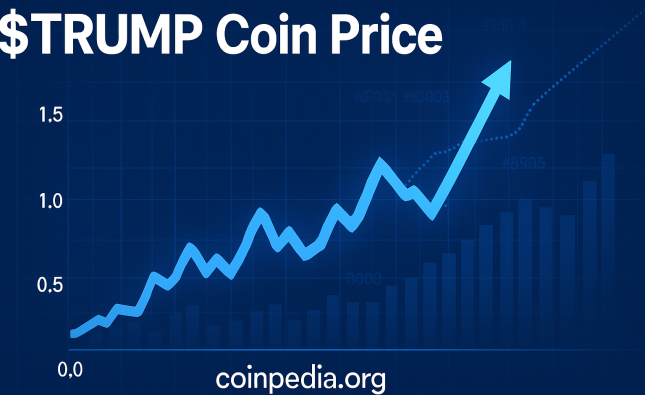
Foreign exchange, commonly known as forex or FX, is the global marketplace for trading national currencies against one another. The forex market is the largest, most liquid market in the world, with an average daily trading volume exceeding $6 trillion. The primary purpose of the forex market is to facilitate international trade and investment by enabling currency conversion. However, for investors, it also represents a significant opportunity to diversify their portfolios and potentially increase their returns.
Importance of Diversification

Diversification is a fundamental principle of investing, aimed at reducing risk by allocating investments across various financial instruments, industries, and other categories. The objective is to maximize returns by investing in different areas that would each react differently to the same event. Forex trading offers a unique avenue for diversification due to its distinct characteristics compared to traditional asset classes like stocks, bonds, and commodities.
Characteristics of the Forex Market
High Liquidity
The forex market’s immense size and liquidity mean that large transactions can occur with minimal impact on the currency prices. This liquidity also allows for easier entry and exit from trades, making forex a flexible investment option.
24-Hour Market
Unlike traditional stock markets, the forex market operates 24 hours a day, five days a week. This continuous trading environment provides greater flexibility and the ability to respond to global economic events in real-time.
Leverage
Forex trading often involves the use of leverage, which allows traders to control larger positions with a relatively small amount of capital. While leverage can amplify profits, it also increases the risk of significant losses.
Diverse Trading Strategies
Forex traders employ a variety of strategies ranging from short-term day trading to long-term trend following. This versatility in trading approaches allows investors to tailor their forex investments to their individual risk tolerance and financial goals.
Benefits of Including Forex in an Investment Portfolio
Risk Management
Incorporating forex into an investment portfolio can help manage risk by providing exposure to different economic factors. Currency prices are influenced by a wide range of factors including interest rates, inflation, political stability, and economic performance, which are often uncorrelated with the factors affecting stocks and bonds.
Potential for High Returns
The volatility in the forex market, coupled with the availability of leverage, can offer the potential for high returns. However, it’s important for investors to understand and manage the associated risks effectively.
Hedge Against Inflation
Investing in foreign currencies can serve as a hedge against inflation. If an investor’s home currency is devaluing due to inflation, holding positions in stronger foreign currencies can help preserve purchasing power.
Global Economic Exposure
Forex trading provides exposure to global economic trends and developments. This can be particularly beneficial for investors looking to diversify away from the economic conditions of their home country.
Risks Associated with Forex Trading
High Volatility
While volatility can lead to significant gains, it can also result in substantial losses. Currency prices can be highly unpredictable, and sudden market moves can adversely affect trading positions.
Leverage Risks
The use of leverage in forex trading can magnify both gains and losses. It requires careful risk management and a thorough understanding of the market.
Regulatory Risks
The forex market is less regulated compared to other financial markets. This can expose investors to risks related to broker reliability and market manipulation.
Complexity and Knowledge Requirement
Forex trading requires a good understanding of macroeconomic principles, technical analysis, and market psychology. It is not suitable for all investors, particularly those without the time or inclination to learn and monitor the market.
Analysis Table
| Factor | Stocks | Bonds | Commodities | Forex |
|---|---|---|---|---|
| Liquidity | Medium-High | Medium | Medium | Very High |
| Market Hours | Limited | Limited | Limited | 24/5 |
| Leverage | Low-Medium | Low | Medium-High | High |
| Risk Level | Medium | Low-Medium | High | High |
| Potential Returns | Medium-High | Low-Medium | High | High |
| Diversification | Sector-based | Credit/Duration | Sector-based | Global |
| Knowledge Requirement | Medium | Low | High | High |
| Hedging Capabilities | Moderate | Low | Moderate | High |
Comparative Table: Forex vs. Traditional Assets
| Criteria | Forex | Stocks | Bonds | Real Estate |
|---|---|---|---|---|
| Market Accessibility | 24/5 Global Market | Limited to Exchange Hours | Limited to Exchange Hours | Market Hours Dependent |
| Liquidity | Very High | High | Medium | Low-Medium |
| Volatility | High | Medium | Low | Medium |
| Leverage Availability | High (up to 100:1) | Low-Medium (2:1 to 5:1) | Very Low | Low |
| Initial Investment | Low | Medium | Low-Medium | High |
| Regulatory Environment | Less Regulated | Highly Regulated | Highly Regulated | Highly Regulated |
| Risk Management | High Knowledge Required | Moderate Knowledge Required | Low-Medium Knowledge Required | High Knowledge Required |
| Potential for Diversification | Very High | Moderate | Low | Low-Medium |
| Impact of Economic Events | Direct and Immediate | Indirect and Delayed | Indirect and Delayed | Indirect and Delayed |
Conclusion
Forex trading presents a compelling opportunity for investors looking to diversify their portfolios. Its unique characteristics, such as high liquidity, 24-hour market access, and the potential for significant returns through leverage, make it an attractive option. However, the high volatility, leverage risks, and the necessity for a solid understanding of the market require careful consideration and risk management.
Investors should weigh these factors and consider their own risk tolerance, investment goals, and level of market knowledge before integrating forex into their portfolios. When managed effectively, forex can be a powerful tool to enhance portfolio diversification and achieve more balanced and resilient investment outcomes.










